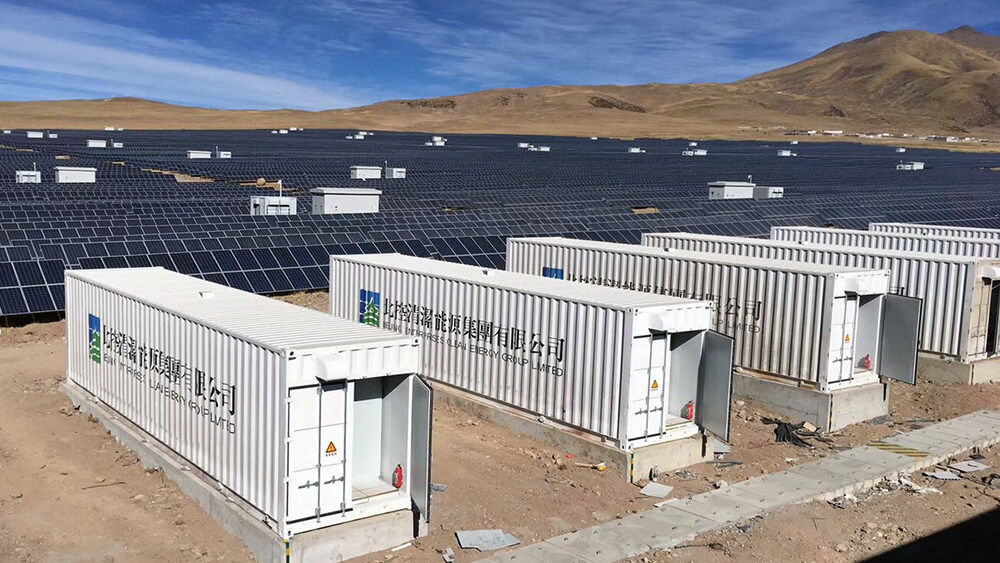TOKYO — China leads the world in the number of research papers published on technologies related to the global pivot away from greenhouse gases, and is catching up to the U.S. in terms of the quality and impact, a Nikkei survey shows. China was wold leader in 16 of 18 research areas for the period 2015-20.
China has outstripped the U.S. in putting out research papers in the natural sciences, data released Friday shows, further illustrating its emerging dominance in scientific investigation.
The study showed a research landscape dominated by China and the U.S., as decarbonization becomes a battleground for the world’s two biggest economies vying for technological supremacy.
China enjoyed a particularly strong lead in fields related to battery storage, seen as crucial to widespread use of renewable energy. The database included more than three times as many papers on lithium-ion batteries from China as from the U.S., and five to six times as many on sodium-ion and potassium-ion batteries, which show promise as cheaper next-generation options.

Chinese solar panels and battery storage
China also had double the U.S. tally for papers on solar cells, and triple the number on cells using perovskites, materials that can be simply painted onto a surface and heated to turn it into a low-cost cell. Electric vehicles, a popular area for research, had China — the world’s largest market for them — with a commanding lead as well.
Of the 18 fields examined, American researchers led only in geothermal power and energy-saving semiconductors, and even then the margins were thin.
But China’s research was nothing to sneeze at on this front, meeting or exceeding the average in most fields and even beating the U.S. in artificial photosynthesis and biomass energy.
Japan was the world leader in patents in hydrogen and in autos and batteries, among other areas, which has helped keep its automakers competitive. But China loomed large here as well, ranking second in several of those categories.
The Chinese government budgeted about $250 billion in 2018 to support research at state research organizations, universities and other institutions. It far outpaces the U.S., which is the world’s second-largest spender and budgeted roughly $140 billion in 2019.
 |
| A researcher works at Tsinghua Unigroup research center in Beijing, China. |
Source: Nikkei Asia, June 11, 2021